Tomorrow I wanna talk about the ending (singular), but today I wanna talk about the endings (plural).
The reasoning behind having multiple endings was, first and foremost, just a VN convention of many we couldn’t completely shake off (even if we managed to shake off the baggage of “routes”). In the moment I decided on the very revolutionary idea that instead of running the game multiple times, you’d instead unlock more and different epilogues based in your actions in the game.
Unbeknown to me, my revolutionary idea had been implemented by at least 3 Fallout games before.
While I’m always open to the idea of learning from the example of others, this is one case where I’m glad I didn’t start playing those Fallout games until after the game was done,
For those that don’t know, in Fallout 1, 2, and New Vegas, upon completing the game you see a slideshow whose contents change depending on your choices across the game. This is meant to show the consequences of your actions and make you wonder what you might’ve missed or what other results you might end up with on another run.
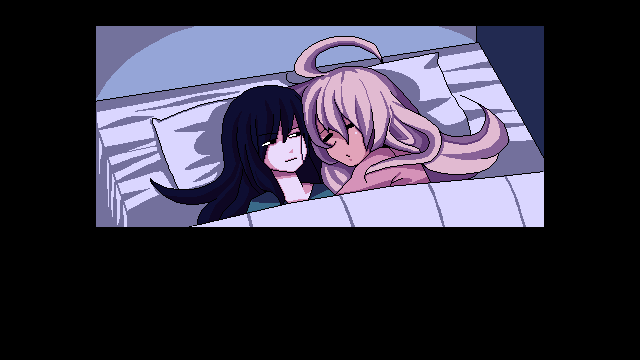
And therein lies the key difference: In VA-11 Hall-A the only mutually exclusive ending is the “bad ending” (more on that later), while in Fallout each individual slideshow can have many variations depending on your actions.
The reason I’m glad I wasn’t aware of the way Fallout did things was that in that period of making VA-11 Hall-A, having so little frame of reference on if things might be right or wrong in our approach and so we clung to any and all things that seemed like the stuff we wanted to achieve (the effect we had for the jukebox when clicking on a song and other areas is explicitly emulating the Monster Hunter UI for example), so knowing myself I can’t help but feel like if I had known abou the fallout slideshows I would’ve bloated the design with extra variations in dialogs in a system whose purpose was to alleviate the fomo for repeated playthroughs.
Though considering the issue of the Bad End, we ended up there anyway.
The Bad Ending is what I like to call a “Maseinava” or “Makes Sense In A Vacuum”.
If we have points in the story where the player needs to have money lest something be cut from Jill, it makes sense for things like paying rent to have a consequence so as to not just… trivialize the whole thing (though it IS always funny to see people think will be living in a box or something). Thus the idea that if you achieve all that you see the good end, if you don’t you see the bad one.
The multiple endings are another Maseinava. We alleviate the pressure of making multiple runs by making them all possible to achieve in one single well-planned run.
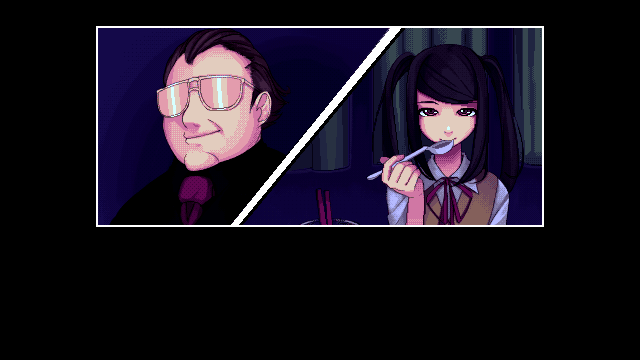
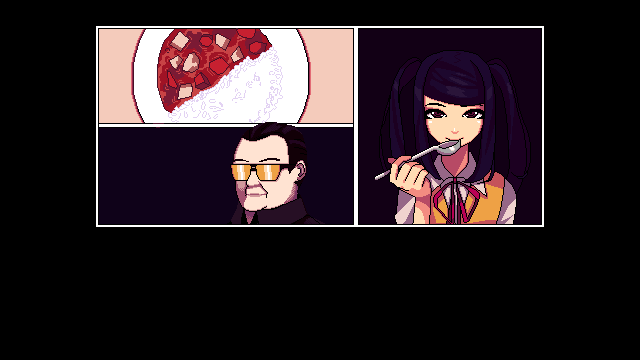
But with both on the same place, the fact that the multiple endings are meant to alleviate the necessity for multiple runs becomes moot when the bad end is exclusive to one outcome, meaning that if you want to see everything you HAVE to make more than one run.
And then you add to that the money system, and how it’s entirely impossible to see the bad end on New Game Plus just because the player will already have the things purchased from the store (the only thing taking money away from Jill aside from the services you need to pay) and you can easily see the money and distraction system as yet another Maseinava at play.
Maseinava sounds like it’s a slur in a language I’m not familiar with…
So you see how systems that make sense by themselves need to also have proper interplay with other elements.
And now you might be wondering, why didn’t we fix that?
Because we were in the final stretch and when you’re in the final stretch of production these smaller flaws in design become completely secondary to things like why what’s supposed to be the sound of pages turning is sounding like an explosion, making Jill reading Gaby’s letter unintentionally funny.
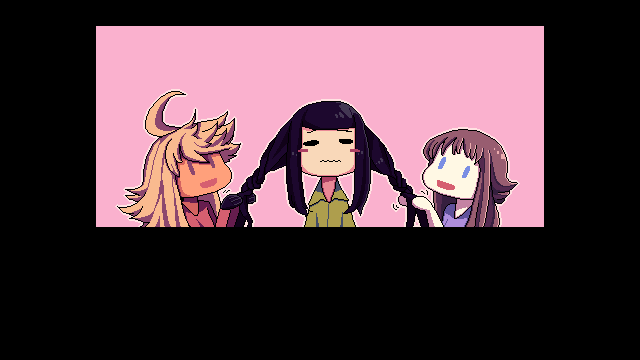
To any would be critics out there, please remember that: Assuming that a flaw in design is a sign of incompetence, malice, or laziness, completely ignores things like simple lack of expertise or priorities being put elsewhere to be able to release the product. It obviously doesn’t make the end result immune to any and all criticisms, but I think as a society we can finally move on from things that in any other context could be seen as a personal attack.
Alright! Two more days to go. Tomorrow we talk about the ending (singular) and the odyssey that it entailed.

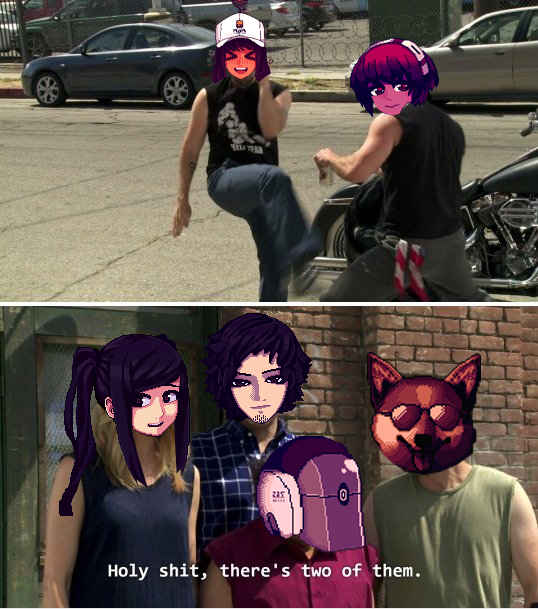
This and the multiple previous posts talking about “nobody sets out to make a bad product” is a point that I have found very interesting over time. As a kid, I definitely bought into the lazy devs myth and so on, thinking that people surely just knew better when there’s good things out there, but that’s entirely the naive view from someone outside of the production process.
As someone who writes a lot of critical code these days, code which has broken in spectacular and profoundly harmful ways, I know too well that laziness is *very* rarely the issue, and it’s usually lack of budget, or some closed-minded authority figure deciding something isn’t important and having it blow up in their face.
Empathy is hard. But hopefully with this series of posts you can have someone pick up on exactly how this happens. I believe that part of why that empathy is so hard to build between gamers is that until *very* recently (last 3 years or so), the nitty-gritty of game production has been a very closely guarded secret across most genres. I think back to ten years ago and there was just…nothing in terms of actual good resources for how something like Zelda got made, and now you can watch multiple hours of documentaries on the slightest little detail of how things evolved and why, for games big and small.
Being a pioneer is tough.